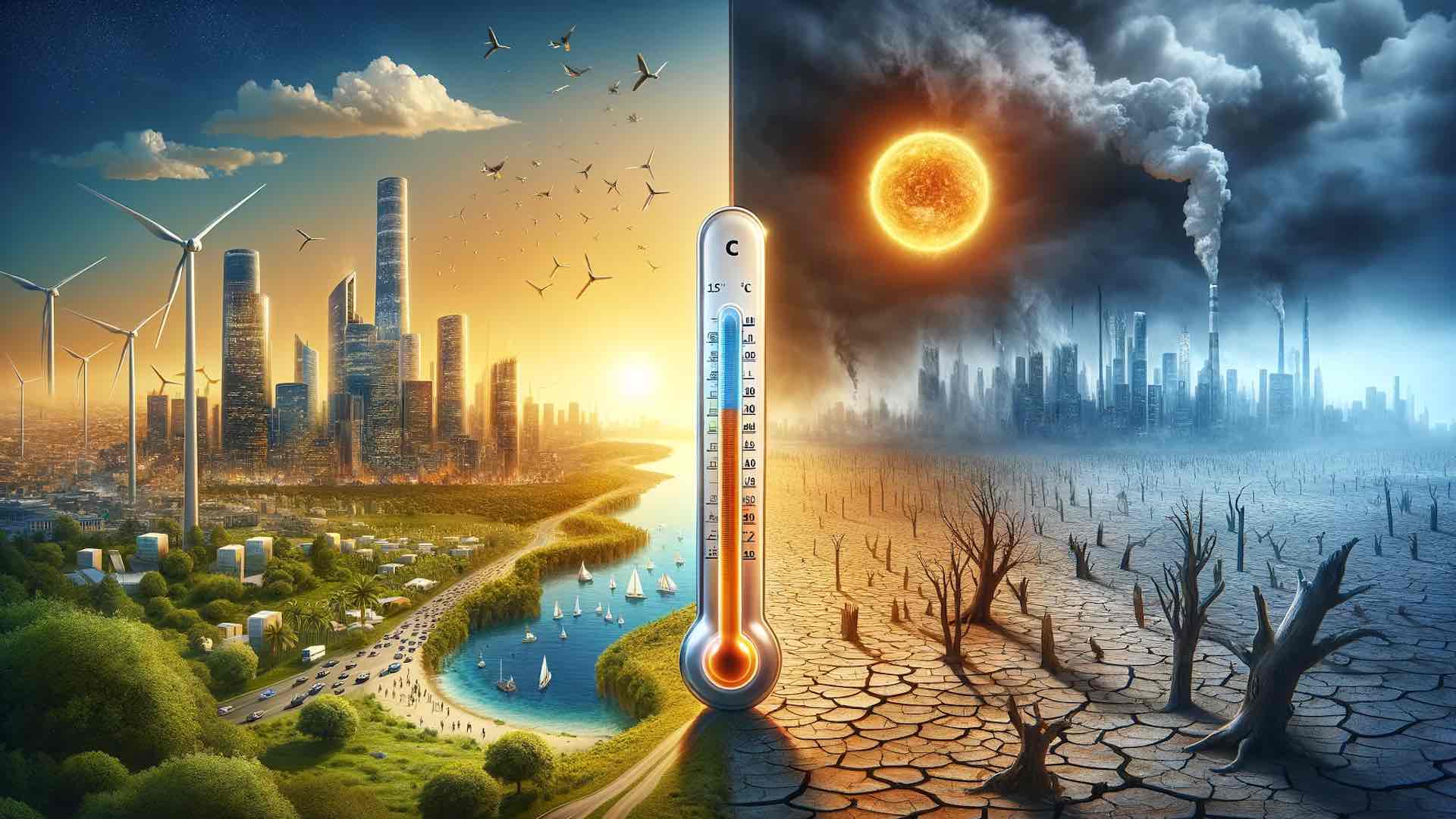Imminent breach of 1.5C warming threshold predicted by study
A recent study forecasts that the 1.5 degrees Celsius global warming threshold, a critical marker set by the 2015 Paris Agreement, is likely to be surpassed within this decade. This projection, underscoring an accelerated pace of climate change, emerges from research spearheaded by scientists from NASA and Columbia University, and presents a grim outlook for the upcoming COP28 climate talks.

The findings suggest that the objective to cap warming at 1.5C above pre-industrial levels is becoming increasingly unattainable, a sentiment echoed by Reuters. The paper highlights that despite international commitments, the majority of emissions scenarios outlined by the United Nations Intergovernmental Panel on Climate Change (IPCC) predict a breach of the 1.5C mark during the 2030s.
Columbia University’s Earth Institute’s James Hansen, a pioneer in raising early awareness of the greenhouse effect, bluntly declared the 1.5C target as a lost cause. He criticized the scientific community for failing to adequately convey the urgency of the situation to policymakers.
The implications of this research are profound, as the planet has already experienced nearly 1.2C warming above preindustrial temperatures. The report has sparked debate among climate experts, with Michael Mann of the University of Pennsylvania challenging its conclusions as “very much out of the mainstream” in his blog post.
This contentious study aligns with recent patterns of extreme weather, positioning 2023 as potentially the hottest year on record, further intensifying discussions for the impending U.N. climate summit in Dubai. The study, published in the journal Oxford Open Climate Change, points to two primary reasons for this dire forecast. First, it argues that the Earth’s climate is more sensitive to carbon dioxide levels than previously believed.
The IPCC’s conservative estimate of a 3C increase from carbon dioxide doubling may be too low, with new evaluations of ancient climate data suggesting a possible rise of nearly 4.8C. Carbon dioxide levels have already escalated from 280 parts per million (ppm) in preindustrial times to about 417 ppm today.
Moreover, the report posits that China’s strides in reducing air pollution, mainly from coal plants, and global efforts to diminish emissions from shipping, while beneficial for health, may inadvertently speed up climate change. The reduction of aerosols, which reflect solar radiation, can lead to a more rapid warming effect.
Mann disputes the underestimation of climate sensitivity and the significance of decreased sulphur dioxide emissions on climate change. Yet, others, including Klaus Hubacek from the University of Gronigen, acknowledge the acceleration of climate trends, aligning with recent studies that suggest achieving net-zero emissions by 2034 is critical for maintaining the 1.5C threshold.
